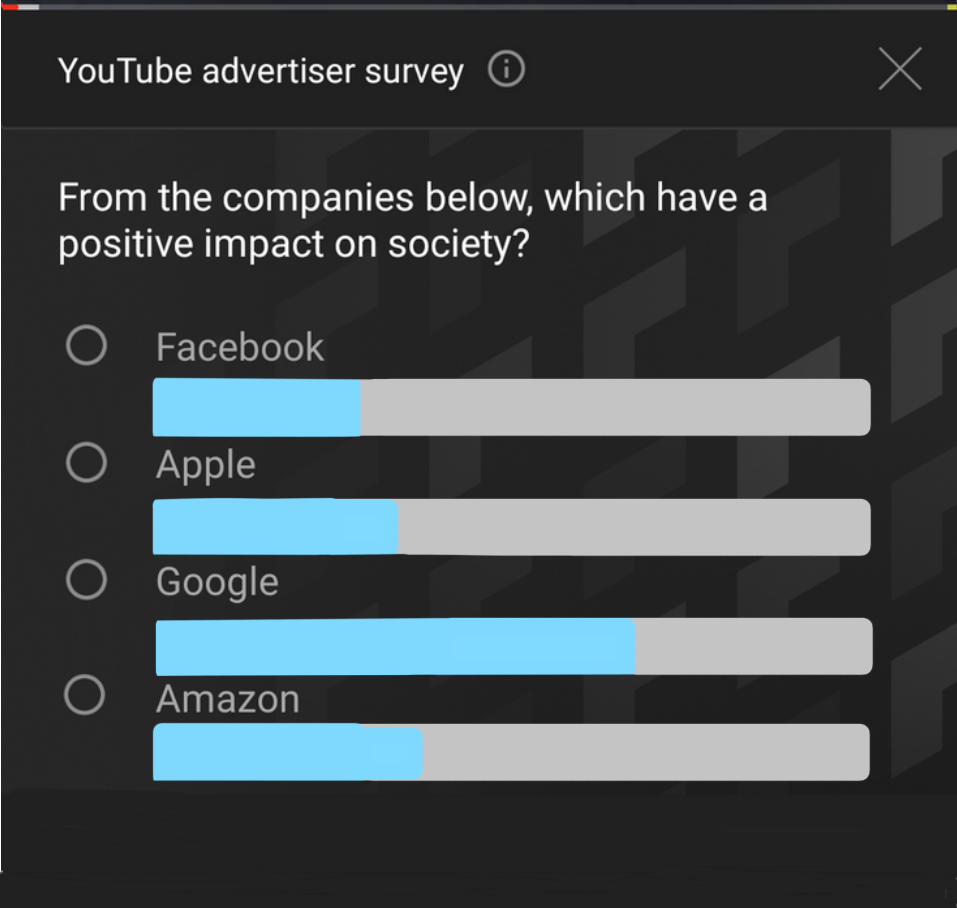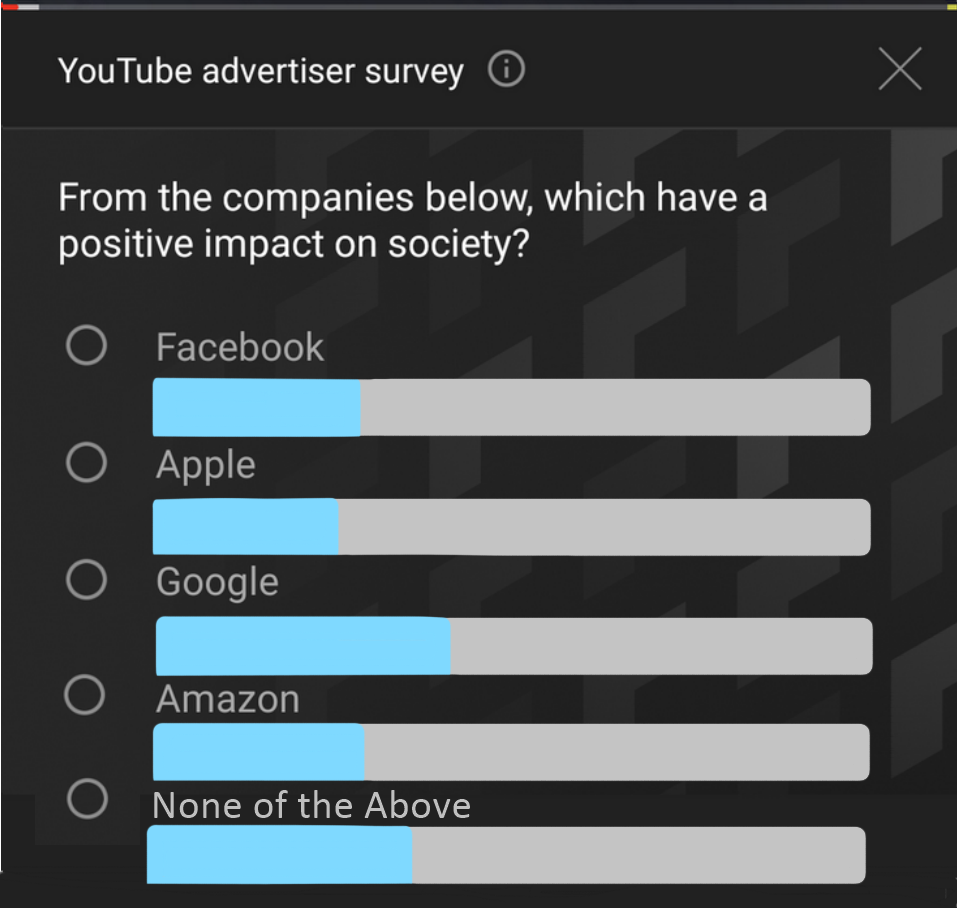The internet is forever – finding your way back to things on it is not.
1) Try a Different Search Engine
It’s well known that Google’s mysterious SEO algorithms show different results based on the person searching, the time of day they searched, where they searched (phone or desktop? Etc.) and more. So, if Google’s not giving you results for this thing you want (or you’re getting a lot of ads instead of relevant results) try Bing, or DuckDuckGo. It might not help, but Bing’s less-labyrinthine SEO functions mean it’s not tripping over itself to correct a perceived typo or find a result that aligns with your star sign off of a vague search entry. Just because Google is the biggest doesn’t mean it’s always the best!
Alongside trying a different search engine, sometimes trying a different search phrase can help as well. Say you’re looking for a foreign film that someone mentioned to you, but you only remember that the title had ‘aytoils’ in it and it’s in French. If you search for that in English, Google is going to think you meant ‘atolls’, and the results are going to feature movies about atolls or tolls or atails even if you click ‘search for aytoils’, because Google doesn’t know what you meant and it’s trying to give you answers even if those answers suck and don’t match. However, if you translate your entire query into French, Google might guess you actually meant ‘étoiles’, the word for ‘star’ in French, and you’ll be just a smidge closer.
2) Forums
Ask for help from real people! If you’re looking for something hyperspecific, an active forum may be able to help where generic Google results do not. There are forums, large and small, all around the web, and those forums cover interests from slingshots to saltwater aquariums to pastry-making to anime. People generally want to share their hobbies, and people who are really into lizards or really into baking are more likely to have run into the same weird niche scenario you’re dealing with right now.
Of course, you should remember to be polite and follow forum rules if you go this route – you’re sourcing information directly from real people, and will often be conversing back and forth with them to get your answers. This is also one of the downsides to using a forum, as ‘real people’ includes beginners to intermediates in the craft, so think critically about the advice once you receive it and whether or not it makes sense for the thing you’re trying to achieve. It’s good to partner forum results with what you could gather from Google sources.
As an example where you should use caution, forums for breeding, trading, or buying and selling ball python snakes! Google will tell you that ball pythons with the ‘spider’ pattern on their back all have a condition called ‘wobble’. Wobble is present in every spider ball python and every derivative of it, but some snakes don’t get it so severely, leading the owner to believe their snake doesn’t have it or won’t pass it down. These people may give their individual snake anecdote to someone looking to buy a spider morph for breeding, while the first few results on Google definitively say every spider or morph with spider in it has wobble (and they do! But the severity is really unpredictable, so again, some people think their snake doesn’t have it or can’t pass it down.). They don’t mean to cause harm, and they most certainly didn’t tell someone to get a snake with this condition because they want snakes to suffer, but they don’t have complete information, and the disease is counterintuitive because you can’t breed it out.
With all of this in mind, it’s still usually better than nothing, so check out a hobby forum if Google can only give you generic results!
2.5) Forums… But Also Answer Yourself
Cunningham’s Law states that people may not answer a question if left to their own devices, but they’ll be more likely to answer that question if they have the chance to correct someone who answered it wrong. You probably wouldn’t want to do this with anything serious or time sensitive (pets, illness, cars, what the effects of CO poisoning look like, etc.) but for minor things unlikely to result in serious property damage or personal injury, answering your own question about how hot-press watercolor paper holds up to gouache may attract an expert to correct you, especially on places like Reddit or TikTok where corrections get a lot of upvotes and views. It may also attract beginners (as noted above) but Cunningham’s Law applies to them, too.
3) Internet Archive Services
If you remember the URL or the website you first saw whatever you’re looking for, these services may be a ray of hope – they catalog what things used to look like on the web, just like a normal archiving service. They’re not completely perfect, they may have blind spots and gaps, and they’re definitely not first in most searches, but if you’re getting desperate to see something the way it was, this might be a solution. Unfortunately, the death of Adobe Flash means a huge amount of Flash-reliant content (like games and some videos on sites like NewGrounds, Miniclip, and Nitrome) died with it as well, and even the internet archives can’t bring them back. While some people are working on projects to restore these games using browser plug-ins, it’s not looking good for the vast majority of them.
4) Seek Out Accounts
‘Han Solo shot first’. You might have seen that sentiment online in Reddit arguments. In the original, unedited Star Wars trilogy, Han Solo fired on his business contact first, cementing his reputation as ruthlessly self-serving. In the Special Edition re-release, Greedo fires first, completely changing the context of Han shooting to kill him. His action is no longer morally gray; Greedo was going to kill him, what, was he not supposed to shoot in self-defense? People were rightfully mad at George Lucas for making this change, and many were even madder that the original film had just apparently vanished into thin air for the sake of pushing his Special Edition harder. But they remembered that Han fired first, and they never missed an opportunity to spread the word.
In some cases, seeking out accounts of how something was when you’ll never be able to find it can fill in a gap in research, if you can find people willing to share. Human memory is fallible, yes, but collectively, the old Star Wars fans knew ‘Han shot first’ and passed it down to their kids in a sort of oral history. Old TV shows, live-air bloopers, consumable products that expire and mold – sometimes, all you have of stuff that’s unsearchable is first- and secondhand accounts from the people who used them and remember them well enough to share with you. It’s not going to pop up in Google, but it might in a microfiche or interview!



